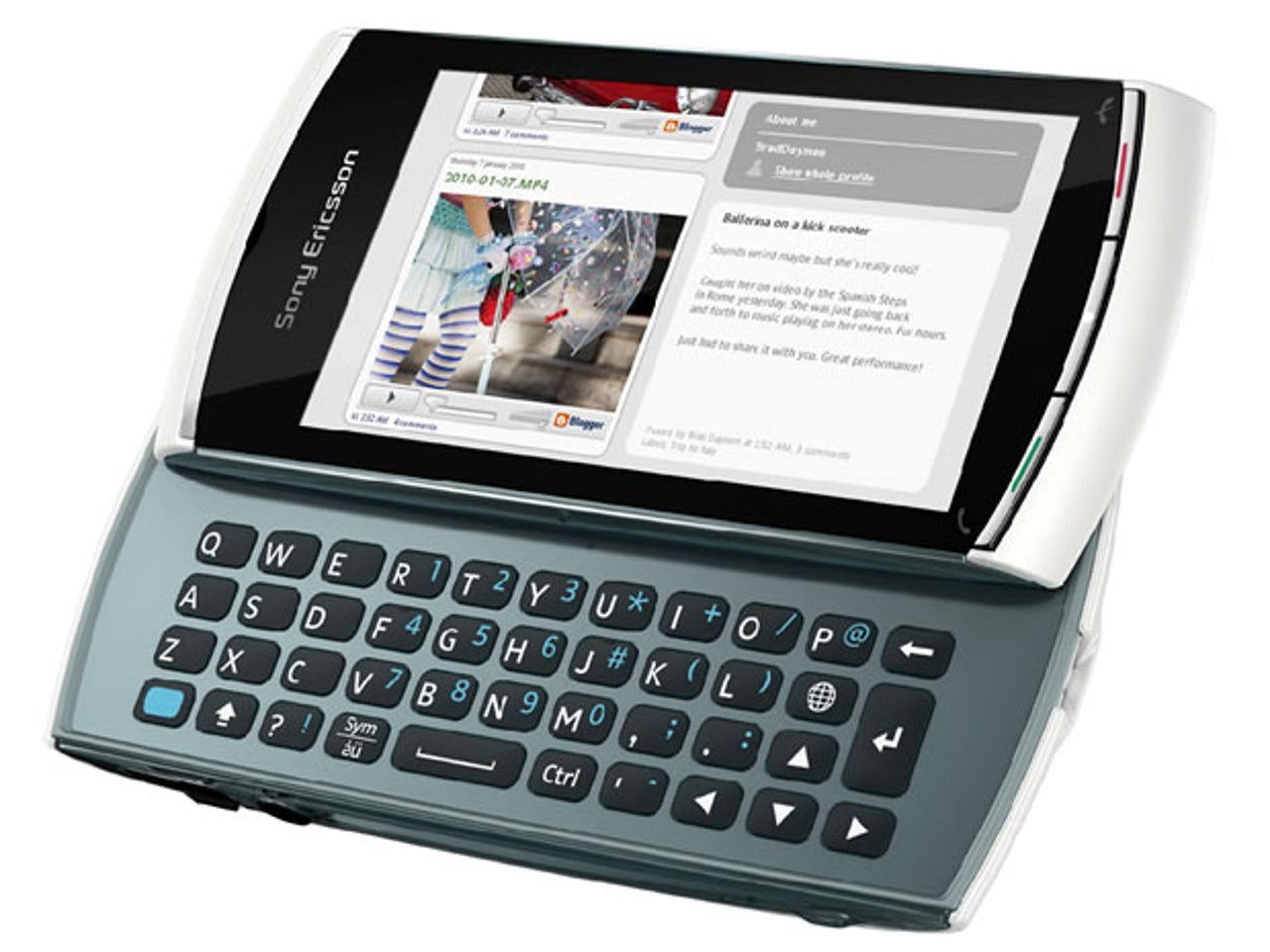Photos: Sony Ericsson Vivaz Pro


Sony Ericsson is setting a mini-trend at the moment, launching versions of its handsets with and without slide-out QWERTY keyboards. The Xperia X10 mini and the Vivaz are examples: both come in standard models and keyboard-equipped 'Pro' versions.
The Vivaz Pro can be found for around £340 SIM-free. It's also currently available from O2 on contract at prices from free to £149.
The Vivaz Pro has the full complement of modern smartphone wireless functionality: Bluetooth, Wi-Fi, 3G/HSPA and GPS. There is 70MB of internal memory, which is boosted by an 8GB microSD card. Usefully, you get a front-facing camera for video calls as well as the 5-megapixel camera at the back.
The Vivaz Pro follows the design principles of the original Vivaz, with a contoured back that, apparently, fits better in the palm. We couldn't tell the difference between it and a 'flat backed' handset, to be frank, and on the desk the curved backplate makes it a little rocky.
Build quality is not particularly robust, and there's a generally low-grade feel to the chassis. The Call and End buttons on the front are small and fiddly to press, but worse in this respect is the on/off/lock button which is tiny and very inconveniently located at the back. It's a difficult phone to use one-handed.
The operating system is Symbian S60 5th Edition. This is far less intuitive to use than Google's Android or Apple's iOS 4, for example, and it does the Vivaz Pro no real favours.
The slide-out keyboard has average build quality and the keys are small with little travel. We found it difficult to type accurately with the pads of the fingers. Fingertips, and preferably fingernails, are the best option. There's no predictive text, so errors have to be corrected manually, which also affects speed.
The screen, which measures 3.3in. across the diagonal corners, has a resolution of 640 by 360 pixels. It's resistive rather than capacitive, so you need to press down to ensure a good contact. In our view, this is far less responsive than a capacitive screen.
Even after a short time using the Vivaz Pro for everyday smartphone duties, we had a few issues. Some we have already noted. Others include the lack of text reflow in the web browser, requiring you to pan around to read a web page, and the poor positioning of the 3.5mm headset slot on the side of the chassis (because the curved top and bottom edges can’t cater for it).